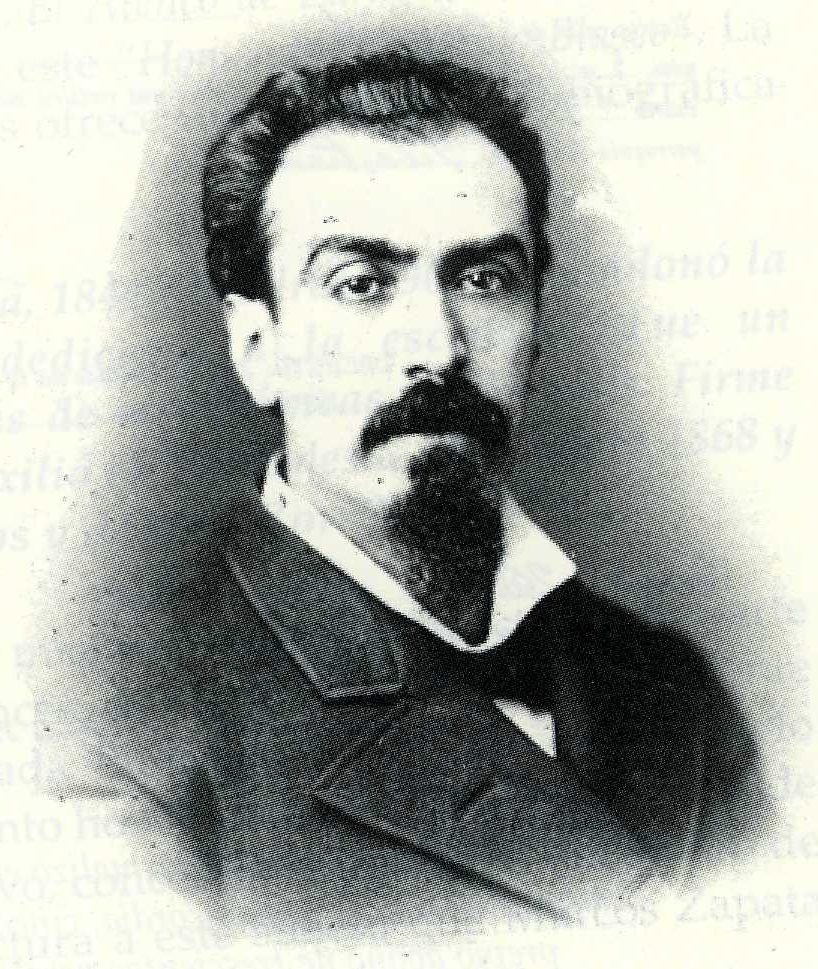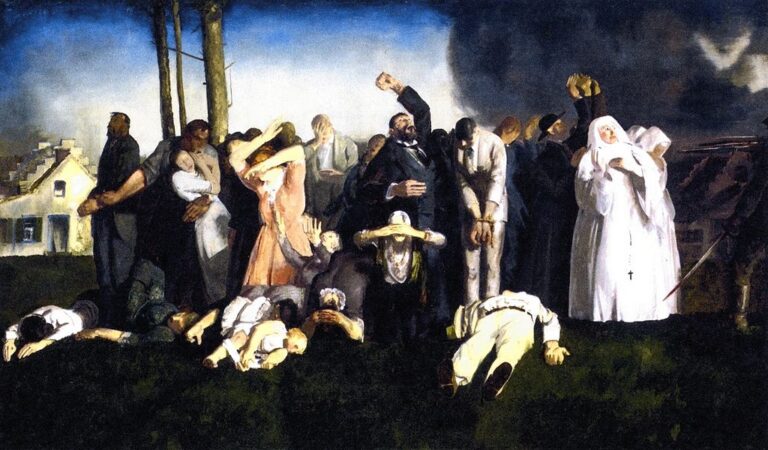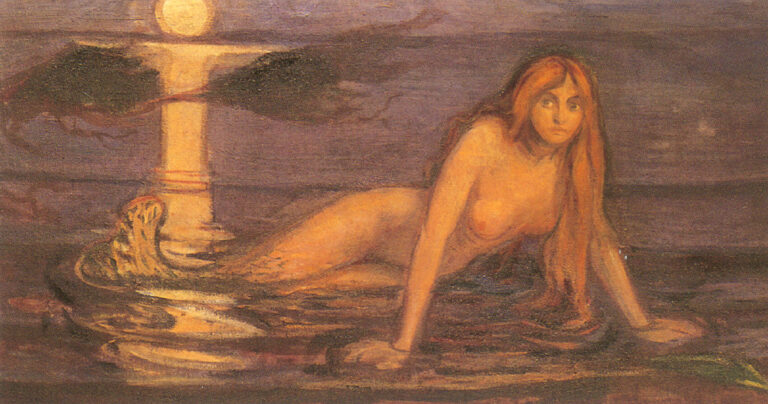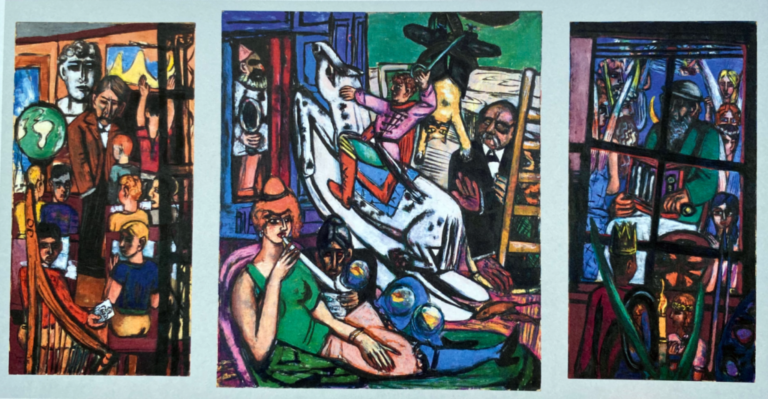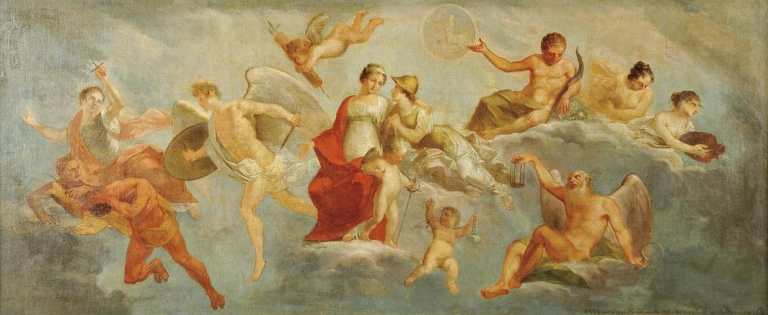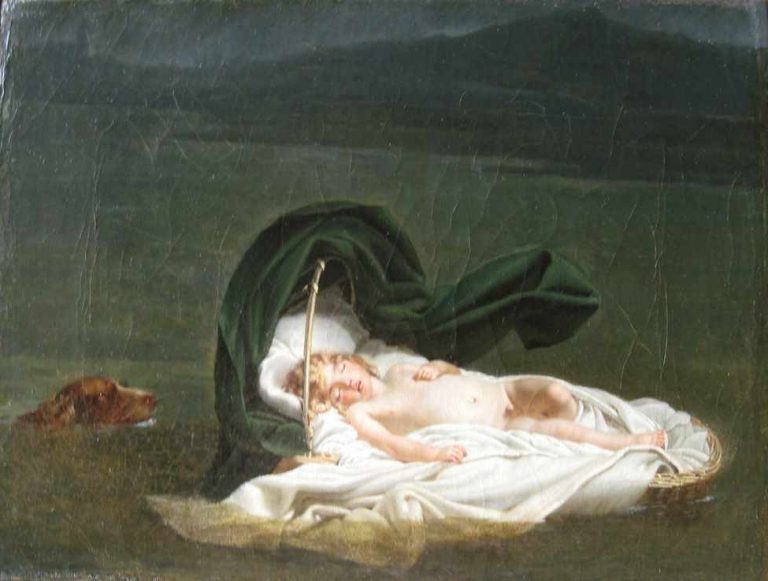Marcos Zapata Painter: 18th Century Peruvian Artist’s Legacy
Born: 1710, Cusco, Peru
Death: 1773, Cathedral de Cuzco, Peru
Art Movement: Neoclassicism
Nationality: Peruvian
Institution: The Cuzco School
Marcos Zapata Painter: 18th Century Peruvian Artist’s Legacy
Early Life and Education
Marcos Zapata, born around 1710 in Cuzco, Peru, was a talented Quechua painter. He grew up in a time when indigenous and Spanish artistic traditions mixed.
Indigenous Roots and Cuzco School
Zapata came from a Quechua background in Cuzco. This city was an important art center in colonial Peru. The Cuzco School taught native students to paint religious works.
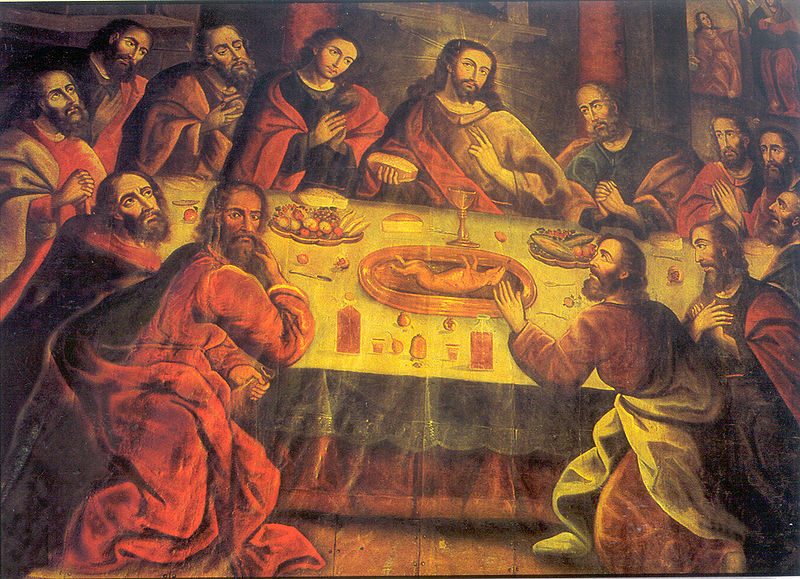
The Last Supper, c. 1753 by Marcos Zapata
Zapata learned to blend local culture with European styles. He studied the techniques of Spanish painters. At the same time, he kept his indigenous roots. This mix shaped his unique artistic vision.
Apprenticeship and Influences
Young Zapata likely apprenticed with skilled artists in Cuzco. He learned to paint religious scenes and portraits. Spanish masters taught him European painting methods.
Zapata picked up skills like using gold leaf, creating realistic figures, and painting colorful clothing. He also learned about Christian stories and symbols. These lessons helped him later when he made his famous works.
Zapata’s early training set him up to become a key figure in Peruvian art. He took what he learned and made it his own, adding local touches to religious paintings.
Artistic Career
Marcos Zapata made a name for himself as a talented religious painter in 18th century Peru. He created works that blended European and Andean elements in unique ways.
Religious Works and Iconography
Zapata specialized in religious art, particularly paintings for churches. He often included local Andean elements in traditional Christian scenes.
His most famous work is “The Last Supper” in Cusco Cathedral. In this painting, Zapata replaced the bread with cuy (guinea pig) and added Andean fruits.
He painted many Madonnas and depictions of saints. His Virgin Mary figures often wore triangular robes inspired by local dress. Zapata’s cherubs had dark skin and Andean features. He used bright colors and gold leaf typical of the Cusco School style.
Collaborations and Patrons
Zapata worked closely with other artists in Cusco. He ran a workshop where he trained students like Cipriano Toledo y Gutiérrez. Together they created pieces like “The Adoration of the Magi” now in the Denver Art Museum.


The Catholic Church was Zapata’s main patron. He received commissions from many religious orders. The Franciscans hired him to paint scenes of Saint Francis of Assisi. Zapata also worked for wealthy Spanish and Creole families who wanted religious art for their homes.
Notable Commissions
Zapata’s biggest project was decorating Cusco Cathedral. He painted over 200 canvases for it between 1748 and 1764. His works covered the walls and ceilings. The cathedral still displays many of them today.
He also painted for other churches in Cusco. The Church of La Merced has several of his works. Zapata created pieces for the Cathedral of Santo Domingo too. Outside of Cusco, he made artworks for churches in Lima and Arequipa.
Legacy and Influence
Marcos Zapata’s art blended Spanish and Andean styles. His work shaped Latin American painting and remains important today.
Preservation and Study of Works
Zapata’s paintings can be found in Peru and beyond. The Denver Art Museum has some of his pieces. Many are still in Peruvian churches.
Experts study Zapata’s art to learn about colonial Peru. His paintings show how Andean and European cultures mixed. This gives clues about life in the 1700s.
Zapata’s most famous work is “The Last Supper” in Cusco Cathedral. It shows Jesus and his disciples eating local Andean foods. This painting gets a lot of attention from art lovers and historians.
Impact on Latin American Art
Zapata was a key figure in the School of Cuzco. This art movement mixed European and Andean styles. It had a big effect on Latin American art.
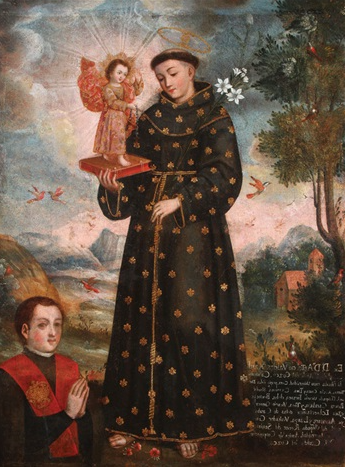
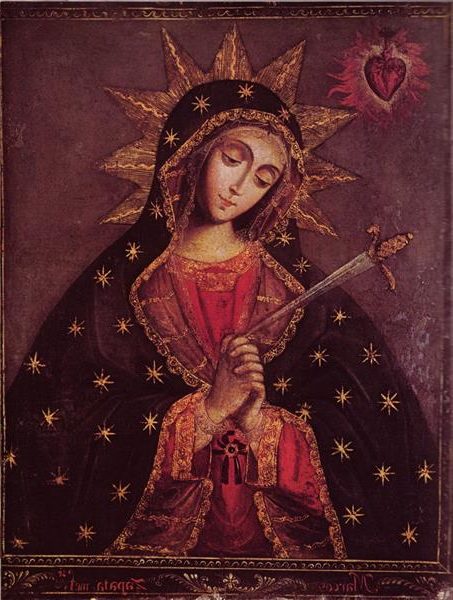
Zapata’s work inspired other artists in Peru and nearby countries. He showed how to blend different cultural elements in art. This idea spread and helped create a unique Latin American style.
His paintings in the Parish of the Almudena are still admired today. They show how religious art can include local culture. This approach became common in Latin American religious art.
Zapata’s legacy lives on in modern Latin American painting. Artists still use some of his techniques to show their cultural identity in art.
Frequently Asked Questions
Marcos Zapata was a key figure in Peruvian colonial art. His unique style blended European and Andean elements in religious paintings.
Who was Marcos Zapata and what is his significance in art history?
Marcos Zapata was a Peruvian Quechua painter who lived from about 1710 to 1773. He was born in Cuzco and became an important member of the Cuzco School of art.
Zapata’s work is significant because he mixed European painting techniques with Andean cultural elements. This blend created a distinct style that helped shape Peruvian colonial art.
During which artistic period did Marcos Zapata produce most of his work?
Zapata worked mainly in the mid-18th century. He was one of the last major painters of the Cuzco School, which was active from the 16th to 18th centuries.
The Cuzco School combined Spanish colonial art with native Andean traditions. Zapata’s work represents the later period of this artistic movement.
What are the hallmark characteristics of Marcos Zapata’s painting style?
Zapata’s style is known for mixing Christian themes with Andean culture. He often included local foods, clothing, and landscapes in his religious paintings.
His work features bright colors and detailed figures. Zapata also used gold leaf, a technique common in Cuzco School paintings.
Can you name some of the most famous works created by Marcos Zapata?
Zapata’s most famous work is his version of “The Last Supper” from around 1753. In this painting, Jesus and his disciples are shown eating local Andean foods like cuy (guinea pig).
He also created many paintings for the Cuzco Cathedral. These works show biblical scenes with Andean touches.
What influence did Andean culture have on Marcos Zapata’s artwork?
Andean culture had a big impact on Zapata’s art. He added local foods, clothing, and landscapes to his religious paintings.
This blend of cultures made his work unique. It helped create a new style of art that was truly Peruvian.
How has Marcos Zapata’s work contributed to the understanding of Cusco School painting?
Zapata’s paintings show how Andean artists adapted European styles to their own culture. His work helps us see how art changed during the colonial period in Peru.
Studying Zapata’s paintings, we can learn about the mix of Spanish and Andean cultures in colonial Peru. His art gives us a window into this important time in history.


